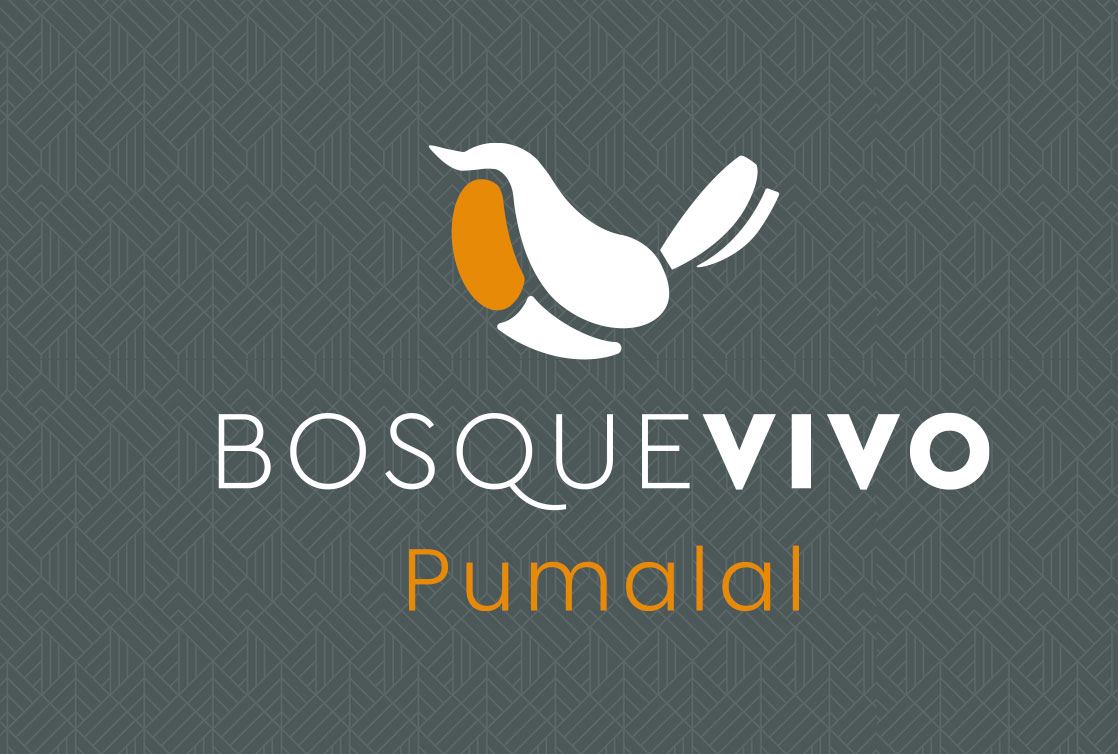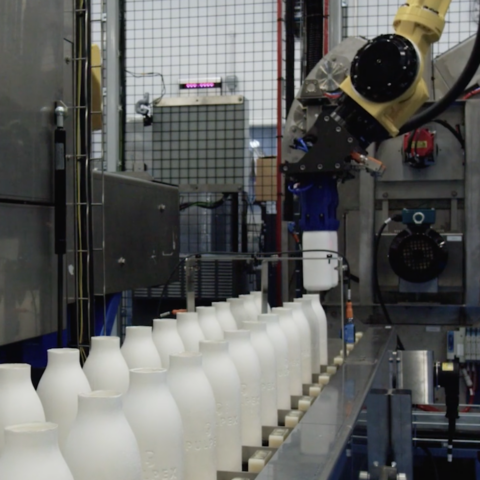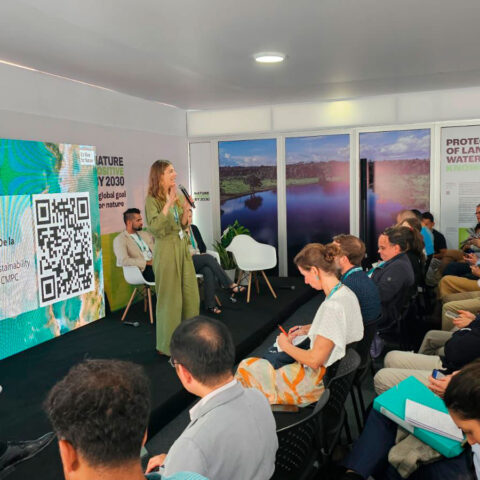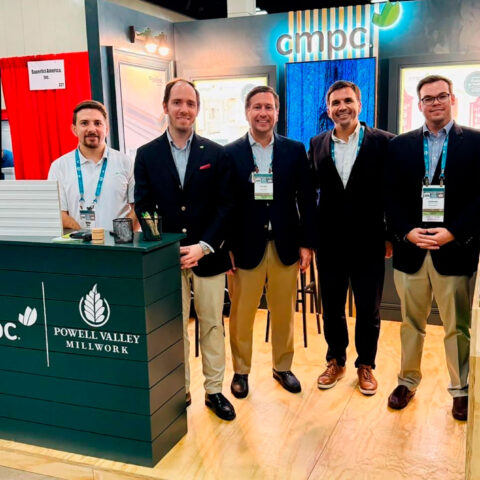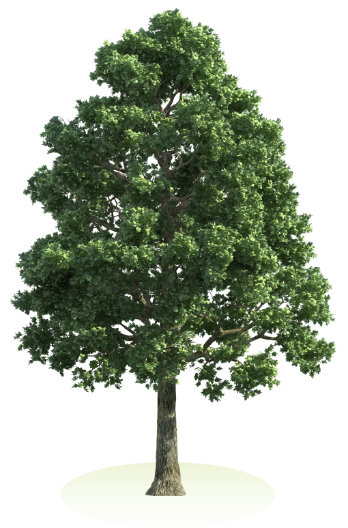SUSTAINABLE FOREST MANAGEMENT AND CERTIFIED MANAGEMENT
As part of our public commitment to no deforestation and forest degradation, we have adhered to stringent sustainable forest management standards through various global certification initiatives. This involves complying with strict principles in direct forestry operations and requesting full compliance in indirect operations.
As part of our public commitment to no deforestation and forest degradation, we have adhered to stringent sustainable forest management standards through various global certification initiatives. This involves complying with strict principles in direct forestry operations and requesting full compliance in indirect operations.
Goals and Certification achievements
CMPC aims to maintain all current certifications and achieve 100% sustainable forest management, production, and consumption of certified raw materials by 2030.
In Brazil, Chile, and Argentina, CMPC's forest assets are certified in sustainable forest management. In 2022, Bosques del Plata achieved FSC certification, bringing the total percentage of CMPC's own forest assets certified for sustainable management to 99.6%.
Promoting Sustainable Practices
CMPC actively engages in various external initiatives to promote sustainable forest management. The company collaborates with policymakers, governments, certification schemes, trade and community associations, NGOs, and research funding organizations to advocate for forest certification and compliance with its principles and criteria, such as: compliance with laws, workers' rights and employment conditions, indigenous rights, community relations, environmental values and impact, & high conservation values in biodiversity, landscape, habitats, ecosystem services, community needs and cultural value.
Since 2006 in Chile and 2009 in Brazil, CMPC has been working on the recovery of native species at the Carlos Douglas plantation center in Los Angeles, Chile, and the Barba Negra plantation in Rio Grande do Sul, Brazil. The company is also an active member of The Forests Dialogue, New Generation Plantations, and the Forest Solutions Group, which are part of WWF and WBCSD, respectively.
FOREST ASSETS, PRODUCTIVE AND CONSERVATION AREA (HA):
| 2019 | 2020 | 2021 | 2022 | 2023 | |
| Forest assets | 1,189,680 | 1,287,115 | 1,307,351 | 1,329,885 | 1,336,647 |
| Productive area | 805,349 | 840,628 | 848,528 | 846,572 | 859,382 |
| Conservation, protection and/or restoration area | 325,995 | *385,726 | 389,376 | 402,817 | 409,826 |
| Others | 58,335 | 60,760 | 69,963 | 80,496 | 67,439 |
*Note 1: In the total number of hectares for conservation, protection, and restoration, some administrative uses, water bodies, and others are added to the total number of hectares
ANNUAL PLANTED AND HARVESTED AREAS (HA)
| 2019 | 2020 | 2021 | 2022 | 2023 | |
| Plantations | 49,088 | 48,020 | 46,835 | 45,130 | 53,928 |
| Harvest | 39,419 | 37,055 | 38,704 | 42,464 | 43,447 |
| Difference in plantations vs. harvest | 9,669 | 10,965 | 8,131 | 2,666 | 10,481 |
| Variation rate | 1.25 (25%) | 1.3 (30%) | 1.21 (21%) | 1.06 (6%) | 1.24 (24%) |
Note 1: The values of the variation rate indicator, when greater than 1, indicate that CMPC has planted a larger area than that harvested, thus demonstrating its commitment to not deforesting.
FOREST ASSETS CERTIFIED IN SUSTAINABLE FOREST MANAGEMENT (HA)
| 2019 | 2020 | 2021 | 2022 | 2023 | |
| Own certified forest assets | 976,649 | 974,439 | 981,160 | 1,080,147 | 1,097,767 |
| Percentage of certification in relation to total own forest assets | 90.3% | 90.1% | 90.2% | 99.4% | 99.6% |
| Certified third-party forest assets | 65,885 | 125,716 | 133,648 | 210,817 | 209,443 |
| Percentage of certification compared to total third-party forest assets | 40.5% | 61.1% | 60.8% | 90.9% | 89.1% |
| Total certified forest assets in relation to total forest assets | 83.8% | 85.5% | 85.6% | 98.3% | 97.8% |
Note 1: Total equity comprises shareholders’ equity plus the equity of third parties.
Note 2: The % of the certification includes the FSC or PEFC certification scheme that covers the most significant area. For example, Chile has the PEFC certification, and both schemes are 100% in Brazil.
Note 3: Equity owned includes land and flights; leased equity includes usufruct and agreements; managed equity includes land owned by a third party and managed by CMPC.
Ensuring Fiber Traceability and Quality
CMPC uses Chain of Custody (CoC) and Controlled Wood certifications across all business areas to ensure fiber traceability and quality. Non-certified controlled wood forest areas follow the same operating practices as certified areas, as outlined in the Wood Verification Program, the Controlled Wood Management Manual, and the Due Diligence System. This approach ensures that all timber products can be traced
to their origin, including timber provided and purchased by third parties.
Additionally, CMPC has established follow-up and reinforcement programs to control the wood entering its operations. These programs involve specialized teams, methodologies, movement tracking, and fiber traceability to maintain high standards of sustainability and quality.
CMPC uses Chain of Custody (CoC) and Controlled Wood certifications across all business areas to ensure fiber traceability and quality. Non-certified controlled wood forest areas follow the same operating practices as certified areas, as outlined in the Wood Verification Program, the Controlled Wood Management Manual, and the Due Diligence System. This approach ensures that all timber products can be traced
to their origin, including timber provided and purchased by third parties.
Additionally, CMPC has established follow-up and reinforcement programs to control the wood entering its operations. These programs involve specialized teams, methodologies, movement tracking, and fiber traceability to maintain high standards of sustainability and quality.
CERTIFIED RAW MATERIAL (M3)
| 2019 | 2020 | 2021 | 2022 | 2023 | |
| Total raw material produced (CMPC + third parties) | 21,473,000 | 21,088,000 | 20,663,038 | 19,794,999 | 19,193,695 |
| Percentage of raw material produced by CMPC compared to the total | 82.3% | 82.6% | 84.5% | 89.50% | 89.4% |
| Percentage of raw materials produced by third parties compared to the total | 17.7% | 17.4% | 15.5% | 10.50% | 10.6% |
| Percentage of certified raw material compared to the total | 97.0% | 95.2% | 95.0% | 99.50% | 100% |
Note 1: The total raw material produced comprises the Company’s equity plus the equity of third parties.
Note 2: The % of the certification includes the FSC or PEFC certification scheme that covers the most significant area. For Chile and Argentina, it is the FSC certification, and both schemes are 100% in Brazil.
CMPC's commitment to biodiversity conservation is evident through its rigorous risk assessment processes, sustainable sourcing practices, and continuous monitoring and adaptation of its strategies. By integrating internationally recognized methodologies and enhancing its risk management systems, the company aims to protect biodiversity and contribute positively to global conservation efforts.
Environmental management System Coverage
As of 2023, CMPC’s forestry operations in Brazil, Chile, and Argentina are certified under FSC and/or PEFC, covering 99.6% of its forest assets. Additionally, 11 out of 50 industrial plants are ISO 14001 certified, accounting for 65.4% of its production. Moreover, 42 out of 50 industrial plants have Chain of Custody certification (FSC and/or PEFC), representing 94.8% of its production. Overall, 97.1% of CMPC’s operations have an environmentally relevant management system in place.
As of 2023, CMPC’s forestry operations in Brazil, Chile, and Argentina are certified under FSC and/or PEFC, covering 99.6% of its forest assets. Additionally, 11 out of 50 industrial plants are ISO 14001 certified, accounting for 65.4% of its production. Moreover, 42 out of 50 industrial plants have Chain of Custody certification (FSC and/or PEFC), representing 94.8% of its production. Overall, 97.1% of CMPC’s operations have an environmentally relevant management system in place.

